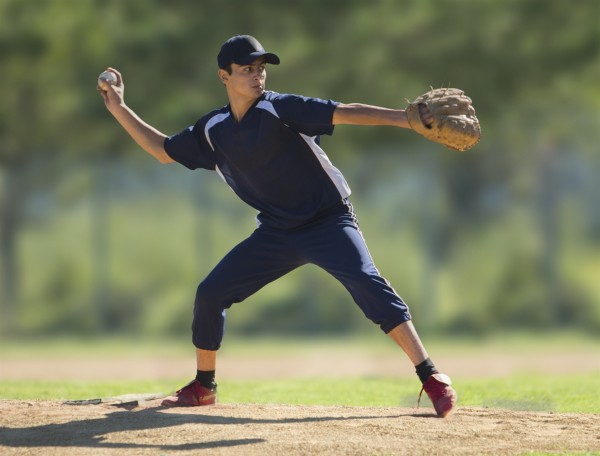Common Throwing Injuries – What to Know
Overview
Throwing injuries are very prevalent amongst athletes, especially when there are some predisposing factors (e.g., fatigue, not warming up, recent injury).
The motion of throwing depends on the rotation of the shoulder joint, which is susceptible to all types of injuries.
It is important to remember that experiencing sudden pain in your shoulder is a sign that you should stop what you are doing. Continuing the exercise and working through the pain can be a very bad idea, even if you are an experienced athlete.
In this article, we will cover some of the most common throwing injuries to help you understand their mechanisms and how to prevent them.
The most common throwing injuries
1. Rotator Cuff Tendinitis
Rotator cuff tendinitis happens when a muscle or tendon gets overworked. As a result, it becomes inflamed.
Patients will complain of stiffness, weakness, and pain radiating from the shoulder to the side of the arm. When diagnosed, rotator cuff tendinitis may heal without any treatment as rest can be enough.
However, severe cases of this condition require a more robust approach that includes medication, surgery, and physical therapy.
2. Instability
Shoulder instability in throwing athletes generally develops over years of repetitive movements that stretch the ligaments, which are responsible for stabilizing the shoulder joint.
This instability is not enough to cause a shoulder dislocation. However, it will precipitate irritation of the tendons and bursa, leading to inflammation, numbness, and compromised throwing velocity.
To recover from this injury, patients will often need physical therapy sessions that focus on restoring shoulder strength while maintaining the position of the joint. In severe cases, surgical interventions may be the only solution.
The best way to avoid shoulder instability is by warming up and stretching properly before and after every exercise routine.
3. Superior labrum anterior and posterior tears
SLAP tears, or labral tears, result from the repetitive motion of the shoulder joint or trauma. In these cases, the patient will complain of pain and restricted shoulder flexibility.
In the vast majority of cases, a SLAP tear requires a surgical procedure, leading to the sidelining of the athlete for a long period of time.
4. Impingement
Commonly referred to as thrower’s shoulder, impingement syndrome is the result of the rotator cuff tendon getting pinched as it passes through the shoulder joint. Symptoms often include progressively-worsening pain.
Once the muscles regain their strength and the pain is no longer an issue, the athlete can return to throwing again.
If you are experiencing any joint pain, discomfort, or stiffness, make sure to speak with your primary care physician or orthopedic surgeon for tailored medical advice.
Takeaway message
The motion of throwing is often associated with several injuries. These injuries could impact the muscles, tendons, or the joint itself.
We hope that this article helped you appreciate the prevalence and diversity of throwing injuries and their negative impact on functionality.
More info:
https://www.facebook.com/drkevincrawford
https://twitter.com/lubbock_sports
Media Contact
Company Name: Dr. Kevin Crawford
Contact Person: Media Relations
Email: Send Email
City: Lubbock
Country: United States
Website: https://drkevincrawford.com


